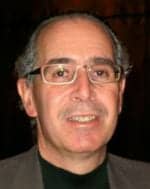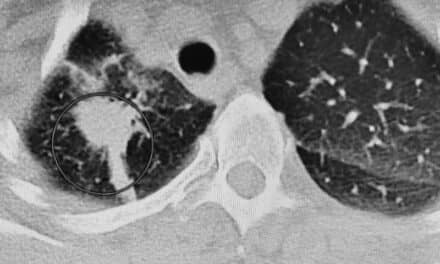Five Questions With…Dr. Norman Kettner
Norman W. Kettner, DC, DACBR, FICC, a professor and chair of the department of radiology at Logan University Health Centers in St. Louis, has been in the field of diagnostic imaging for decades—but his approach is entirely unique: He combines radiology with chiropractic care. Below, Dr. Kettner sits down with AXIS Imaging News to answer five questions about his career, research, and what he believes the future of diagnostic imaging will hold.
AXIS Imaging News: 1: What sparked your initial interest in the diagnostic imaging field?
Norman Kettner: My interest in diagnostic imaging originated with a course I took in radiation biology at the University of Wisconsin-Milwaukee in the mid-1970s. The production of x-ray photons and their interactions with biological matter was particularly interesting to me. Soon after, I began to learn about ultrasound as an imaging modality. Following my enrollment as a chiropractic student in 1977, several courses in diagnostic radiology were offered—and they riveted me because, as diagnostic resources, they were so valuable to patient care.
In addition, the clinical knowledge base of chiropractic radiology specialists far exceeded that of other faculty, as they were trained in differential diagnosis of multiple body systems beyond the musculoskeletal. When a two-year radiology residency became available in 1980 at Logan, I enrolled and, after passing the chiropractic radiology board certification, became a DACBR. In 1984, I was appointed chair of the radiology department at the Logan College of Chiropractic. I have served as a practicing radiologist, taught as a member of the faculty, and published research ever since.
AXIS: 2: What are some of the most important ways that chiropractic practice and radiology overlap?
Kettner: The role of diagnostic imaging has evolved over the course of my career. Historically, chiropractors utilized radiography to identify postural disorders; the radiograph was used to target the delivery of manual therapy treatment. Today, chiropractors typically use radiography, MRI, and CT of the spine and sonography of the extremities to diagnose musculoskeletal disorders suspected following patient clinical evaluation. Depending on the diagnosis, patients may or may not undergo treatment with manual therapy, acupuncture, or rehabilitation.
AXIS: 3: What research projects are you currently focused on?
Kettner: I’m involved with multiple ongoing research trajectories. Since 2000, I have collaborated with the Athinoula A. Martinos Center for Biomedical Imaging at Massachusetts General Hospital, the largest teaching hospital of Harvard Medical School. Our research questions have focused on the brain mechanisms underlying chronic pain and the use of nonpharmacologic interventions of acupuncture and, more recently, spinal manual therapy and transcutaneous vagal stimulation. Utilizing state-of-the-art functional neuroimaging tools, including fMRI, magnetoencephalography (MEG) and PET/MRI, at the Martinos Center, over two dozen papers have been published in academic journals such as NeuroImage, Human Brain Mapping, and Brain Stimulation.
AXIS: 4: What hobbies do you enjoy when you’re not working?
Kettner: My hobbies are reading astronomy and cosmology.
AXIS: 5: What can we expect from you in the future?
Kettner: In my opinion, the future of diagnostic imaging (and healthcare) will be impacted by an evolving array of new imaging technologies that will resolve the subtler forces interacting with our physiology, including electrical and magnetic fields, light, sound, and electricity.
These same forces will also be used to expand nonpharmacologic treatment options—such as electroceuticals, bioelectronics, and transcranial electrical stimulation—for a variety of disorders, including chronic pain. In addition, diagnostic imaging will also integrate artificial intelligence tools, such as machine learning, predictive modeling, and convolutional neural networks. The implementation of these approaches will serve to augment radiologists’ knowledge, experience, and intuition.
Would you like to be featured in an upcoming “5 Questions With…” column or nominate a colleague for the honor? E-mail AXIS Imaging News chief editor Keri Forsythe-Stephens at [email protected]. Just mark “5 Questions Nomination” in the subject line.






Dr. Kettner is one of the most knowledgeable and smartest people I know. I am fortunate to call him my colleague and my friend.